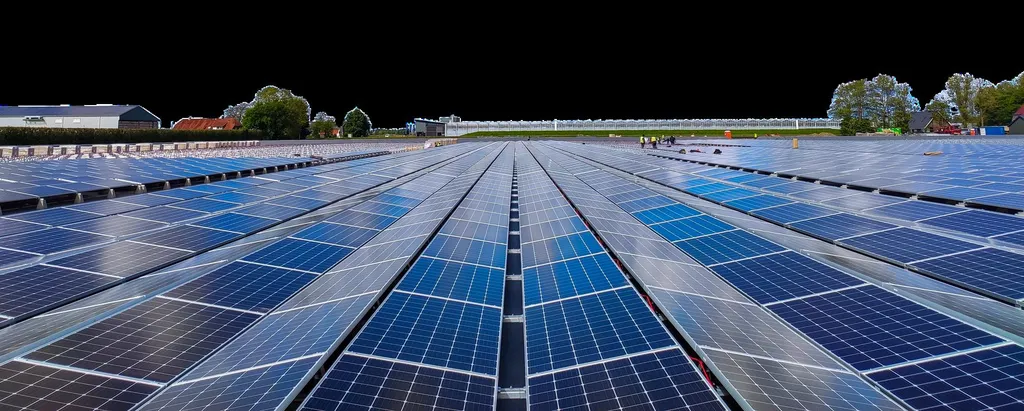In the rapidly evolving landscape of renewable energy integration, a groundbreaking control technique for modular multilevel converter-based power electronic transformers (MMC-PET) has emerged, promising to enhance the efficiency and reliability of solar photovoltaic (SPV) systems connected to the power grid. This innovation, developed by Ankita Sharma, a researcher at the Sardar Vallabhbhai National Institute of Technology in Surat, India, introduces a constant switching frequency model predictive control (CSF-MPC) that could revolutionize how solar energy is managed and distributed.
The research, published in the journal “e-Prime: Advances in Electrical Engineering, Electronics and Energy,” addresses critical challenges in integrating solar power into the grid. Sharma’s novel control technique is designed to handle multiple objectives simultaneously, including active power injection, common DC-link voltage regulation, harmonic current compensation, and low voltage ride-through (LVRT) support. This multifaceted approach ensures that solar energy systems operate optimally under various conditions, from normal operation to extreme events like voltage sags.
One of the standout features of Sharma’s CSF-MPC is its ability to seamlessly transition between different operating modes. “During normal conditions, the MMC-PET operates the SPV system at its maximum power point, ensuring optimal energy harvest,” Sharma explains. “However, during LVRT events, the control strategy dynamically shifts to regulate the common DC-link voltage and limit solar power generation, protecting the grid and the solar system from potential damage.”
The research also introduces an arm current sensorless voltage balance control technique, which regulates submodule capacitor voltages without the need for additional sensors. This not only reduces the complexity and cost of the system but also enhances its reliability. The predictive nature of the CSF-MPC minimizes tuning efforts and reduces the number of sensing variables required, making the system more robust and easier to implement.
The implications of this research for the energy sector are significant. As the world increasingly turns to renewable energy sources, the ability to efficiently integrate solar power into the grid becomes paramount. Sharma’s control technique offers a solution that enhances the transient response and adaptability of solar energy systems, ensuring they can operate effectively under varying conditions.
“Our goal is to make solar energy integration more efficient and reliable,” Sharma says. “By addressing key challenges such as LVRT and harmonic compensation, we can pave the way for a more stable and sustainable energy future.”
The simulation and experimental results presented in the study validate the performance of the developed control method under various operating scenarios, including variable solar irradiation, linear and non-linear loads, unbalanced load conditions, and LVRT events. These findings underscore the potential of the CSF-MPC to shape future developments in the field of renewable energy integration.
As the energy sector continues to evolve, innovations like Sharma’s CSF-MPC will play a crucial role in ensuring that solar power systems are not only efficient but also resilient and adaptable. By addressing the complexities of grid integration, this research offers a glimpse into a future where renewable energy sources are seamlessly and reliably connected to the power grid, driving the transition towards a more sustainable energy landscape.

